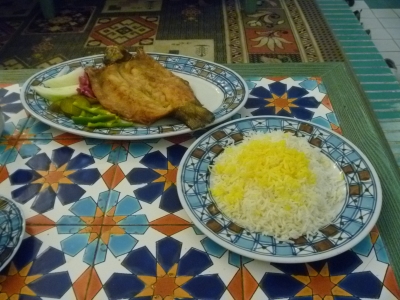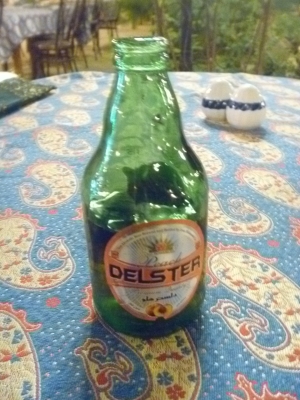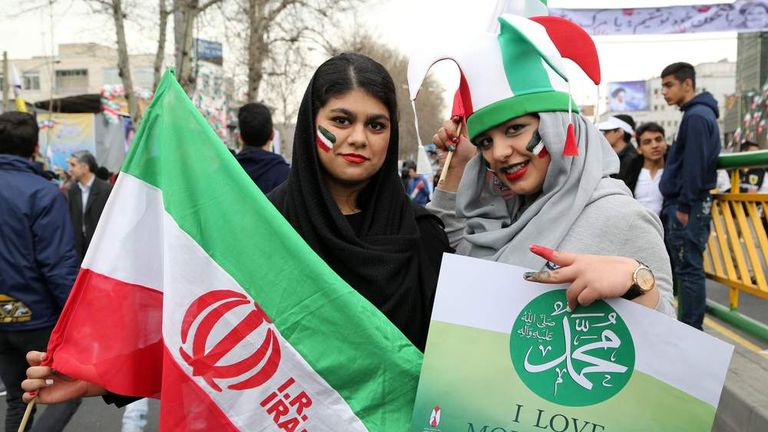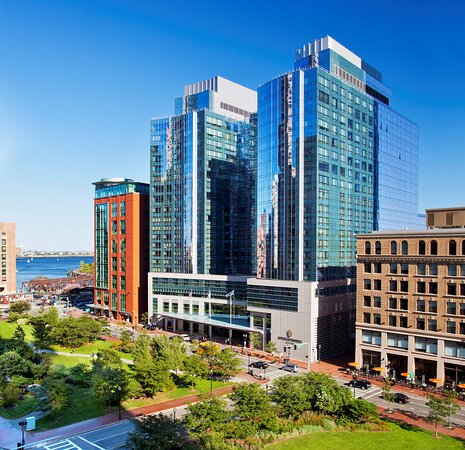Getting in:As mentioned in the previous post on Iran, this is quite complicated. As with the Central Asian republics there’s a 2 step process where you first need an authorisation (obtained through whoever you’re organising the trip with) and then you can use this to apply to an embassy directly. This is for Australia, other visitors have different rules. The UK members of our trip had to be fingerprinted at the embassy (this is a reciprocal security level between the 2 countries, so the same is done to Iranian nationals visiting the UK). For me, the added problem was that I was going to Israel afterwards. Any evidence of having been to Israel or going there will get you refused entry. I was so paranoid that I photoshopped the Israel leg out of my itinerary, had the eticket emailed to myself for printing after Iran and removed any reference to Israel from any of my papers. I was even worried that there’d be some other way for them to find out through data-sharing. However, this didn’t pose a problem. Still, this policy of meta-boycott (ie. boycotting anyone who doesn’t boycott Israel) is the biggest problem in going.
Money: Inflation is pretty high but it didn’t seem like there was the kind of black market in currency that exists in (say) Uzbekistan. Otherwise, exchange is very easy to come by. The main inconvenience is that you have to bring cash. Because of the trade embargo (discussed in a future post), you cannot use any credit card, bank card or any form of travel money in Iran. The other inconvenience is currency units. The official unit is the rial, about 20,000 to the dollar. Colloquially, most people use the toman, which is 10 rials. Sometimes prices are in toman sometimes in rial. When people say how much something is, they usually mean toman. This caused a lot of confusion in the first few days, until we got used to estimate the order of magnitude something is likely to cost.

Food: While Persian cuisine is as rich and varied as most in Asia, I found that most restaurants tend to focus on rice and kebabs. I believe our guide explained to us that for most people, vegetables form the vast bulk of what they cook at home — largely because of the economic situation. This means that when Iranians go out, they like to treat themselves. In Iran this means kebabs (which are often drier than kebabs in other countries) with fragrant rice and pickles. You can of course find lots of other types of food both Persian and international. In terms of local, there were some great eggplant dishes as well as camel meat and a foul substance halfway between yoghurt and cheese made of fermented camel milk. Of course the other notable thing about Iran is that there is total prohibition except on the premises of some Christian clubs. This wasn’t a problem for me and the non-alcoholic beers (semi-sweet fruit-flavoured carbonated malt drinks) were good enough for me to look for them in Australia. Amusingly, many are made by European breweries for the non-alcoholic Middle East market.

Language: Apparently Persian is considered quite easy to learn, or even designed for travellers. But even if I was quick at picking up languages, I wasn’t there for long enough. English is very common in major cities. In small towns you’d have some trouble. But even in a medium-sized city like Zanjan (population 341,000), which sees almost no tourists, the locals we met at the restaurant had a few people speaking English. The hardest part was the numerals: all numbers are written in Arabic. Even though it’s only 10 digits to learn and many are very similar (since our number system came from Arabic numerals), some are a bit different and some are false friends, looking similar but representing a different number.
Interaction with locals: People are pretty eager to walk up to foreigners and talk to them. Understandable given that Iran is a partially-closed country and given the its strained foreign relations. People were often quite frank and would sometimes broach subjects like politics. As one woman from the tour said, when a young man saw them at the relatively liberal Artists’ Centre in Tehran, his greeting question was: “what do you think of the mullahs?” There were occasional weird experiences. For example, a man who took us to a teahouse and really wanted to tell us about his work in restoring nomadic art. He kept insisting that he just wants to talk to us and that this isn’t a scam and that he’s free, although he must have gotten a kickback from the teahouse — it was the weirdness not the kickback that I had a problem with. But generally there don’t seem to be many scams.
Sanitation: After Central Asia, I was very impressed. Toilets are generally squat, although a lot of hotels were nice enough to offer both versions next to each other. However, things are generally clean and liquid soap is available in even the dingiest of public toilets — even ones in the park that in Sydney would be completely smashed up. Someone in the Ministry of Health is taking sanitation seriously, if only this was more widespread.
Safety: see my previous post on misconceptions on Iran.
Other travellers: The number of foreigners varied a lot. Yazd was overflowing with young backpackers from Europe. In Isfahan, I saw a slightly older crowd. Smaller towns had none at all. What was enjoyable was to see lots of local tourists. There’s an obvious privilege in coming from an overseas country to see stuff that even locals don’t have an opportunity to. It was nice to see many Iranians able and willing. Local tourists formed the vast majority of tourists at Persepolis, Isfahan and Shiraz. One couple had an itinerary similar to ours and I saw them in several towns. It was also nice to bump into a large busload of young Tehranian tourists exploring a citadel in the middle of nowhere. The cliche that they had more in common with us than the small-town local locals might be a bit of an exaggeration but not by much.
Slightly blurred, just in case…





0 Comments